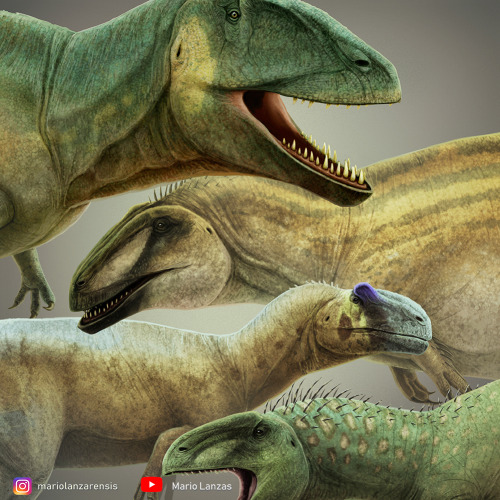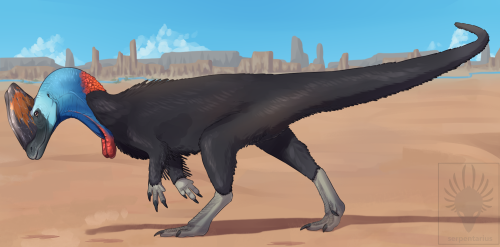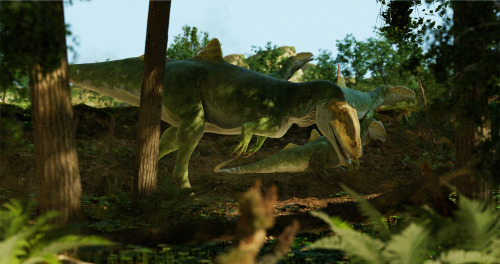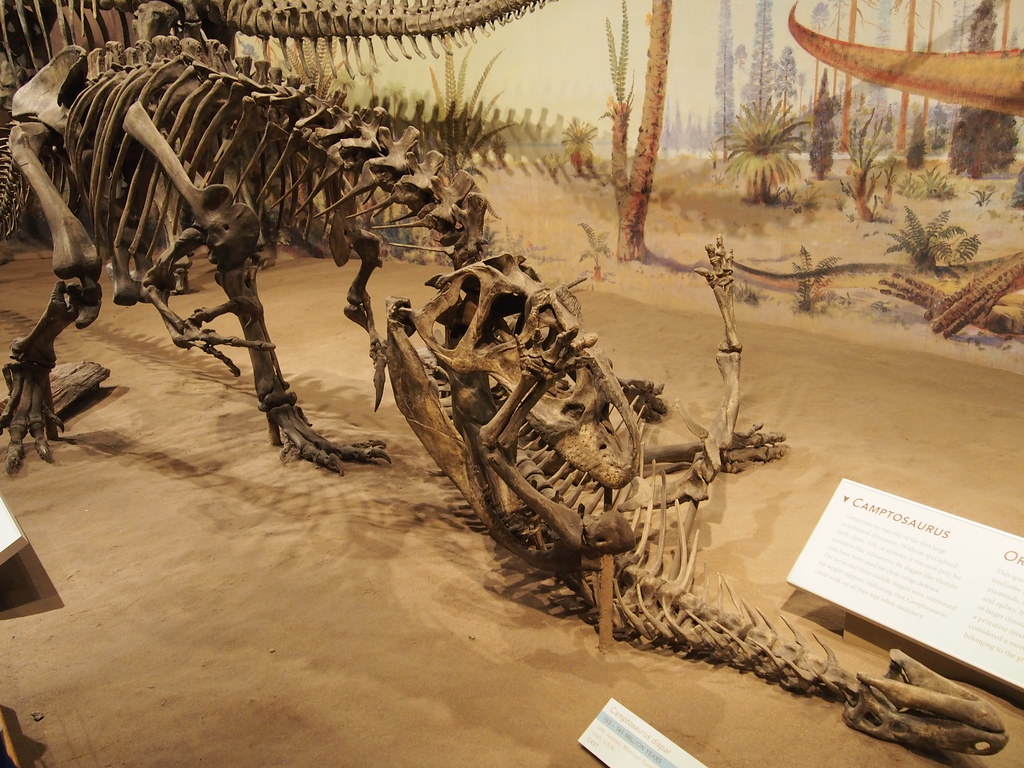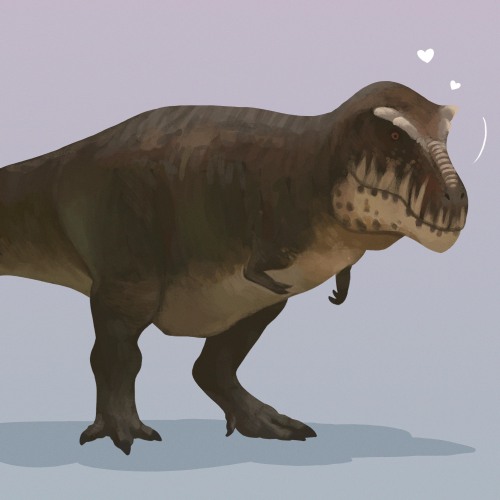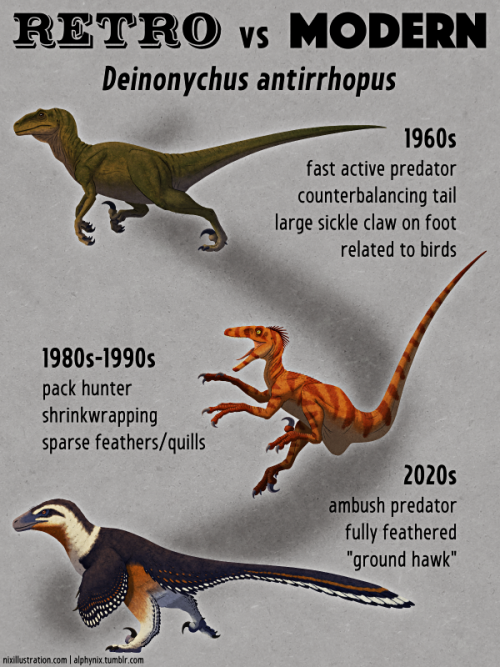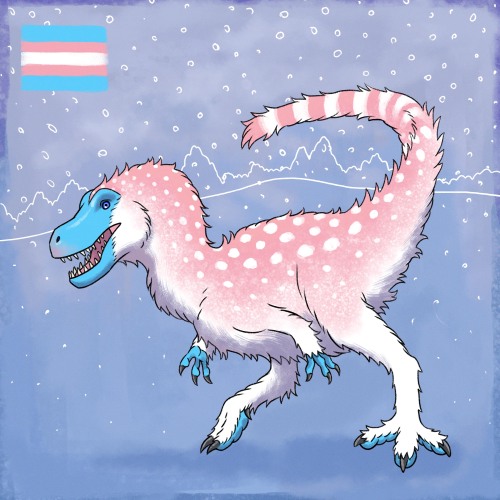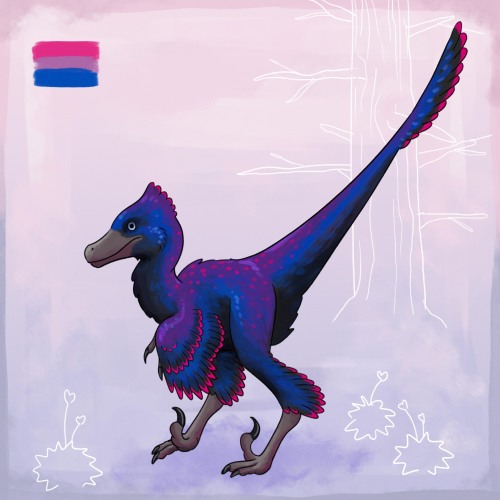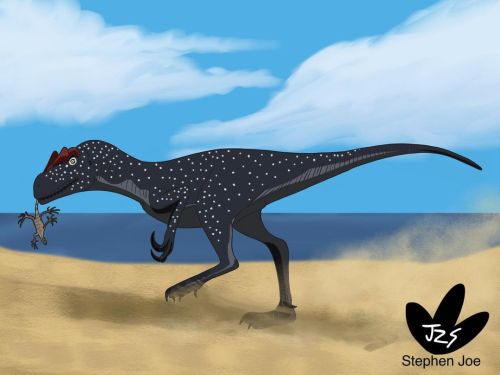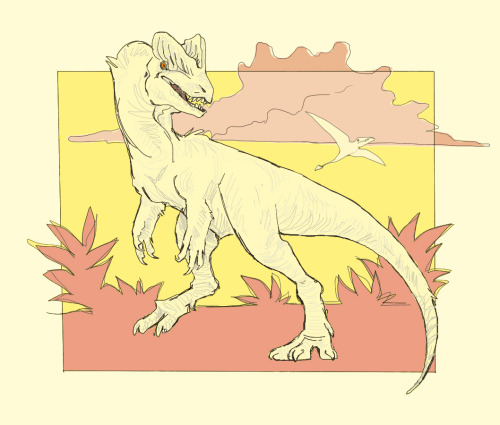#theropoda
ALLOSAUROIDEA
lineage of theropods that include Allosaurs and carcharodontosaurids among other families. Many more are included on my YT video for this group. This chart is now also available at Redbubble for prints and more.
Prints, T.Shirts, Stickers and more merch
Post link
THEROPODS OF THE JURASSIC PERIOD
Some of the theropods featured on myYoutube video about the Jurassic Period
Torvosaurus, Megalosaurus, Cryolophosarus, Guanlong, Ceratosaurus
This Illistratiojn is available at Redbubble for prints and more
instagram@mariolanzarensis
Post link
LARGEST THEROPODS
These are some of the dinosaurs featured on my latests Youtube video on the Largest theropods of each group. You can get this illustration in Prints, mugs and more merch at Redbubble.com/people/mariolanzas
instagram@mariolanzarensis
some of these models are to some degree based on the skeletal reconstructions by Scott Hartman
Post link
Dilophosaurus, with a design inspired by Southern Cassowaries. I was thinking out loud about a theropod to draw, and my very dear friend suggested I do dilophosaurus, his favourite. I know he loves cassowaries too, so I mixed the two together. It was a lot of fun, and for sure the most detailed dinosaur I’ve drawn so far.
Post link
Solnhofen Sunrise 01
Late Jurassic, Europe
Compsognathus dinosaurs explore the early morning beach as Rhamphorhynchuspterosaurs take flight to begin their daily fishing.
Made in Blender.
Post link
Modern birds’ upper beaks are made up mostly from skull bones called the premaxilla, but the snouts of their earlier non-avian dinosaur ancestors were instead formed by large maxilla bones.
AndFalcatakely forsterae here had a very unusual combination of these features.
Living in Madagascar during the Late Cretaceous, about 70-66 million years ago, it was around 40cm long (1'4") and was part of a diverse lineage of Mesozoic birds known as enantiornitheans. These birds had claws on their wings and usually had toothy snouts instead of beaks, and many species also had ribbon-like display feathers on their tails instead of lift-generating fans.
Falcatakely had a long tall snout very similar in shape to a modern toucan, unlike any other known Mesozoic bird, with the surface texture of the bones indicating it was also covered by a keratinous beak. But despite this very “modern” face shape the bone arrangement was still much more similar to other enantiornitheans – there was a huge toothless maxilla making up the majority of the beak, with a small tooth-bearing premaxilla at the tip.
This suggests that there was more than one potential way for early birds to evolve modern-style beaks, and there may have been much more diversity in these animals’ facial structures than previously thought.
———
Post link
Retro vs Modern#21:Deinonychus antirrhopus
Deinonychus antirrhopus was one of the most significant dinosaur discoveries of the 20th century, kicking off the Dinosaur Renaissance and the recognition of the evolutionary link between maniraptorantheropods and modern birds.
1960s
The first remains of this species were discovered in North America in the 1930s, but at the time the fossils weren’t officially described or named. It wasn’t until the 1960s that more specimens were found in Montana, representing at least three preserved individuals, and paleontologist John Ostrom recognized that there was something very special about this dinosaur.
In contrast to the prevailing view at the time that theropods were all upright tail-dragging “sluggish lizards” this was clearly a highly specialized and active predator, with a huge sickle-shaped claw on each foot and a long stiff tail for balance – inspiring its scientific name’s meaning of “counterbalancing terrible claw”.
And while the very first reconstruction of Deinonychus might seem retro to modern eyes, at the time it wasrevolutionary and it went on to become an iconic representation of the species for the next couple of decades. Drawn by Robert Bakker, who was Ostrom’s student at the time, it depicted a lizard-like creature with its body held in a horizontal pose and its tail held out straight behind it. Its head was portrayed as more domed than we now know Deinonychus’ skull to have been, and its neck was up in an alert posture while the animal ran at full sprint, with its sickle-claws held up away from the ground to keep them sharp.
A few years later further discoveries showed a highly bird-like pelvis and hands very similar to those of Archaeopteryx, triggering the Dinosaur Renaissance reinterpretation of dinosaurs as active warm-blooded animals, and the revival of the 19th century idea that they were the ancestors of birds.
1980s-1990s
As the “birds are dinosaurs” idea began to gain acceptance with increasing amounts of anatomical evidence, some paleontologists in the 1980s began to also suspect that highly bird-like dromaeosauridslikeDeinonychus might have also been feathered. Some reconstructions during this time showed this to varying degrees, particularly those drawn by Bakkerandby Gregory Paul – but it didn’t really catch on more widely at first, for one very big reason:
Jurassic Parkhappened.
Dromaeosaurs hadn’t been well-known dinosaurs to the general public before that point, but the 1993 JP “raptors” were an instant hit in pop culture. Physically based much more on Deinonychus than on Velociraptor, and exemplifying the renaissance view of dinosaurs in major media for the first time, the movie’s fully scaled and oversized version of these animals dominated popular depictions for years afterwards. Even the most rigorous and anatomically accurate artwork showcasing their bird-like features still usually kept them completely naked to retain that familiar reptilian appearance.
Most 1990s attempts at any feathering tended towards being as sparse as possible – often along with the shrinkwrapping typical for the era – at best being decent for the time but what we’d now deride as “half-assed”, and at worst being “a few token quills on the back of the head”.
Deinonychus fossils found in association with Tenontosaurus were also interpreted as being evidence of cooperative pack hunting behavior during this time, and it became a common paleoart meme to depict the large herbivore being constantly swarmed by ravenous raptors.
2020s
The mid-1990s discovery of fully-feathered dinosaurs like Sinosauropteryx in China, followed a few years later by raptors with wing-feathered arms like Sinornithosaurus, gradually began to put the fluff back onto dinosaurs like Deinonychus.
(…At least in reasonably scientific paleoart. The much much stronger and ongoing resistance from popular culture is far too big a subject to get into here. But maybe, just maybe, we’re finally hitting a turning point there?)
Early attempts at properly feathering dinosaurs were a bit awkward, usually looking rather like a bunch of scruffy greasy hair glued onto a scaly raptor,a dinosaur wearing fuzzy pajamas, or like the old “bird-lizard” depictions of Archaeopteryx. Even into the early 2010s some paleoart memes were still common in depictions of dromaeosaurs, but increasingly better understanding of their anatomy and plumage arrangements over the last decade or so has brought us to a much more birdlike interpretation of these animals – with paleoartists like Emily Willoughby being especially influential in popularizing the modern view of dinosaurs like Deinonychus.
We now know Deinonychus lived during the Early Cretaceous, about 115-108 million years ago, in what is now the Mountain WestandSouth Central United States. Up to around 3.4m long (11’), it stood about 1m tall (3'3"), similar in size to a large dog.
It had blade-like teeth in its jaws, and forward-facing eyes with stereoscopic vision. Its three-fingered arms would have been covered by wing-like feathers, and its tail probably had feathers all the way along its length and was stiffened but not totally inflexible.
It may have used the sickle-claws on its feet to pin down struggling prey, eating it alive while flapping its wings and waving its tail for balance. And while often depicted as an extremely fast-runner, its leg proportions and foot anatomy suggest it was actually built more for walking and had an especially strong grip strength in its feet, trading speed for power and probably being more of an ambush predator – often being compared to a “giant ground-hawk”.
Pack hunting has been called into question recently, too, arguing that the Tenontosaurus sites may actually represent crocodile-like or Komodo dragon-like behavior with mobs of scavenging individuals congregating at a carcass. But other evidence from trackways and Utahraptor does offer potential support for pack behavior in raptors, so it’s still open to interpretation.
———
Post link


My Ocs
Ren G. / Thomas H.
MEGA and Apolo

FeatherHug
The last day of the week 5 is Your favorite dinosaur (as an adult). Well not all of them are my favorite, but still, this is my favorite styled art of dinosaur, but more specifically a velociraptor style for Dino Kids series. Also here’s a bonus sentence before erasing and rewritten the latter. At the same time, not only I could finish off with my last page for toned tan sketchbook, but this is marked the grand finale of 2021 sketches in the book and even digital in my own iPad Pro, which is still practicing to this day, I’m could ever be more happier to move forward without looking back through my own memories but maybe excepting looking through my old drawings from past sketchbooks as my fateful thought and even weird examples. At least it safe to say, I’m still working on my own rights and now I’m getting ready to go to the year of 2022. As the title says, “Happy New Year!
#Dinocember #dinocember2021 #paleoart #artistsoninstagram #cartoon #myart #velociraptor #velociraptormongoliensis #tonedtan #tonedtansketchbook #sketchbook #prismacolor #prismacolorpencils #dromaeosauridae #theropoda #dinosauria #dinosaur #feathereddinosaur
https://www.instagram.com/p/CYLLCrLLYZ4/?utm_medium=tumblr
Post link
Day 26 of the week 5: Your favorite dinosaur (as an adult)
An adult Velociraptor mongoliensis is my favorite non-avian Dromaeosaurid dinosaur as realistic accurate animal of the #paleoart community.
On the side note, this velociraptor is actually a “booming” calls as modern birds uses to booming, hoots and even coos as their mouth will keep them shuts. #dinocember #dinocember2021 #velociraptor #velociraptormongoliensis #velociraptorinae #dromaeosauridae #theropoda #dinosauria #dinosaur #feathereddinosaur #artistsoninstagram #myart #sketchbookapp #sketchbookappart #sketchbookappartist
https://www.instagram.com/p/CX-Jb3RrtXU/?utm_medium=tumblr
Post link
Day 19-20 of the week 4: Your favorite dinosaur (as a baby)
A baby allosaurus europaeus, based on the incomplete skull as unnamed specie of the latter hatching.
I just went to sketch, inked and painted my favorite theropoda allosaurus as baby, after I’m done this from last 2 weeks ago. #sketchbookapp #paleoart #myart #dinocember #dinocember2021 #allosaurus #allosauruseuropaeus #sketchbookappart #sketchbookappartist #allosauridae #allosauroidea #carnosauria #artistsoninstagram #dinosaur #dinosauria #theropoda #avetheropoda
https://www.instagram.com/p/CXthy-JFguM/?utm_medium=tumblr
Post link

fluffy tyrannosauroid :)

caudipteryx going for a stroll

Spinosaurus with his brand new tail :)

